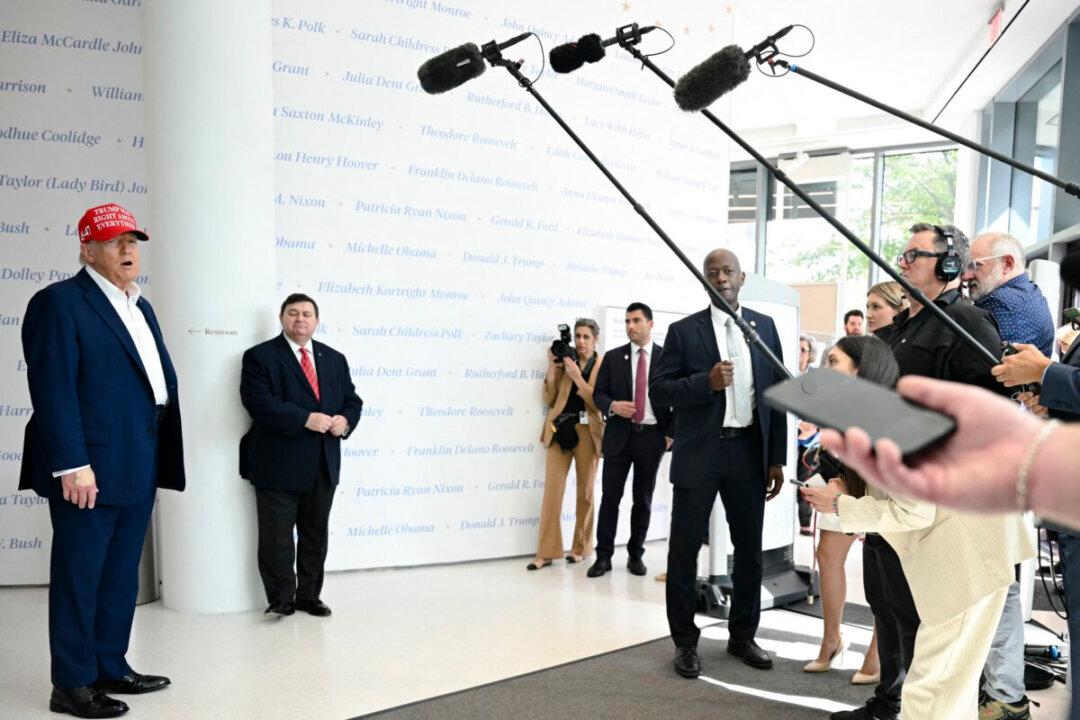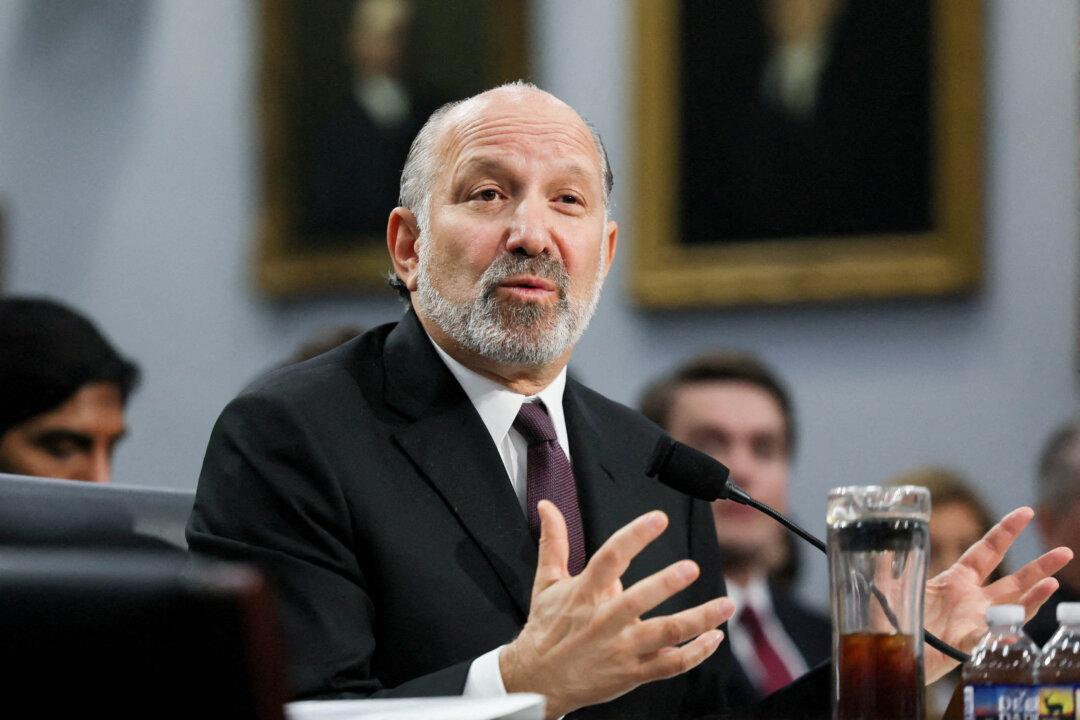WASHINGTON—The economic recession caused by the COVID-19 pandemic lockdowns is finally starting to show signs of bottoming out. Many forecasters expect a strong bounce in economic activity over the second half of the year, while urging caution due to high uncertainty.
Economic data in March and April revealed the broad damage done by the crisis on the U.S. economy. Many forecasters expect the U.S. gross domestic product to contract by almost 40 percent in the second quarter, a rate not seen in the post-war era.





